Ever bitten into your homemade burger with high hopes, only to be disappointed? We’ve all been there. Making restaurant-quality burgers at home seems like it should be simple, but there’s a reason why those professional patties taste so much better. The good news is that with a few insider tricks, you can dramatically improve your burger game.
Let’s uncover the secrets that separate your kitchen creations from those mouthwatering restaurant masterpieces.
1. The Griddle Advantage: Commercial Equipment Makes a Difference
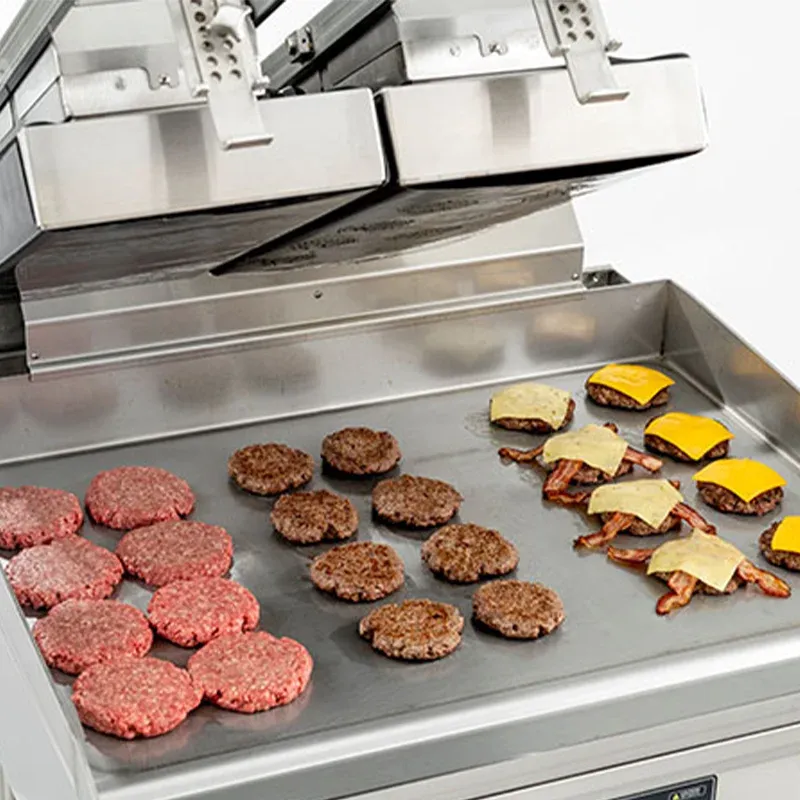
That sizzling sound when burger meets metal isn’t just for show. Restaurant kitchens use commercial-grade griddles and charbroilers that reach temperatures your home stove simply can’t match. These powerhouses create the perfect sear that locks in juices while developing that coveted caramelized crust.
Home cooking tip: Preheat a cast-iron skillet until it’s smoking hot before adding your patty. It won’t perfectly replicate a 700°F restaurant griddle, but it’s your best bet for that professional-level Maillard reaction.
Many high-end burger joints use equipment that’s been seasoned over thousands of cooks, adding subtle flavor depth that’s nearly impossible to recreate at home.
2. Fat Is Flavor: The Secret Behind Restaurant Meat Blends
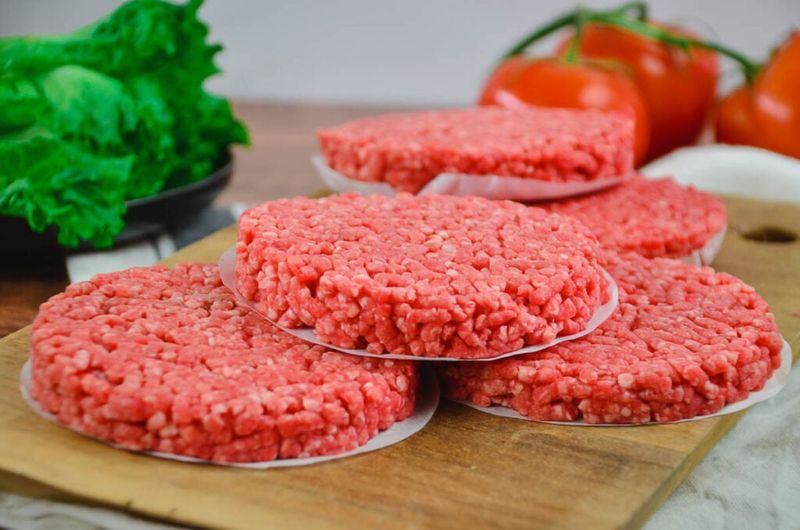
Lean might seem healthy, but it’s the enemy of flavor. Restaurant burgers typically contain 20-30% fat, creating that juicy, rich experience that leaves you craving more. Many establishments create custom blends, mixing chuck with brisket, short rib, or even bone marrow for depth.
The fat content doesn’t just affect taste—it creates those pockets of juiciness that burst when you bite in. Your 93% lean grocery store patties never stood a chance!
Try asking your butcher for a custom 75/25 blend using different cuts. The difference in moisture and flavor will be immediately noticeable, bringing you one step closer to burger nirvana.
3. Freshly Ground Changes Everything: The Time Factor
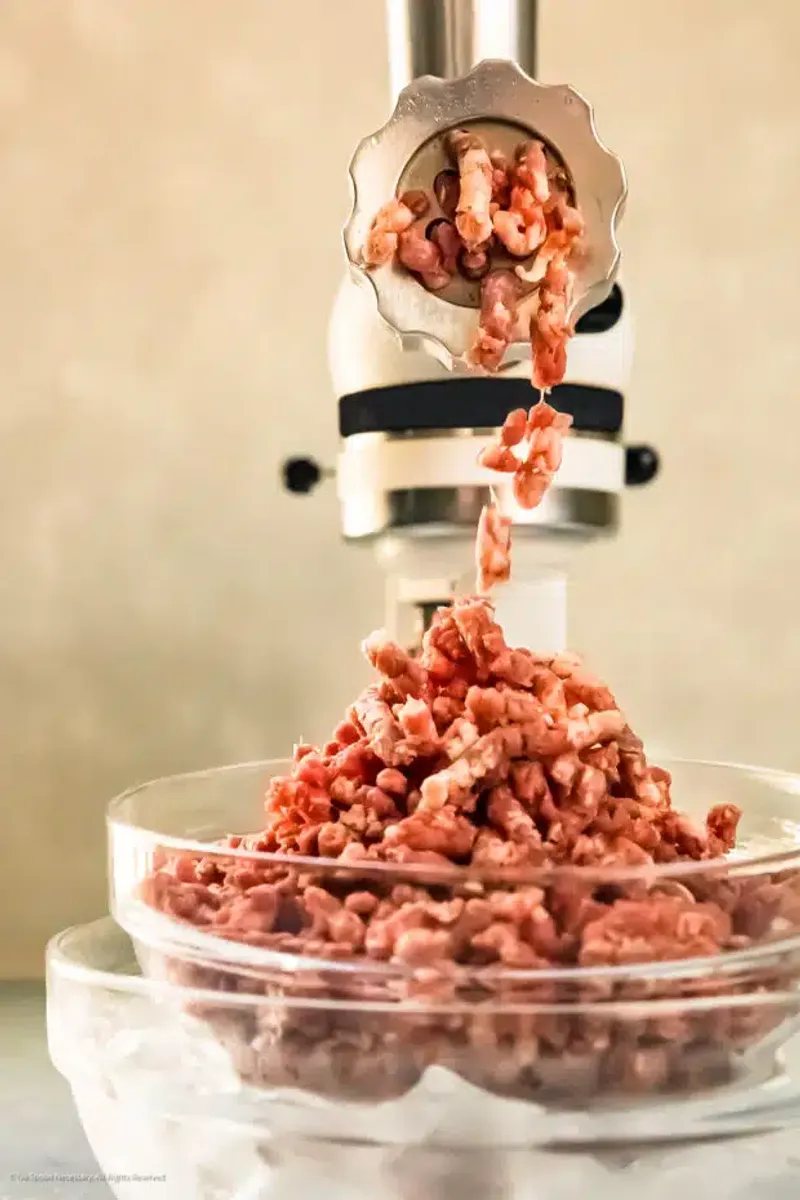
Those plastic-wrapped supermarket patties might be convenient, but they’re light years from freshly ground beef. Top burger spots grind their meat daily—sometimes hourly—preserving natural flavors and textures that deteriorate rapidly after grinding.
When meat is ground, cell walls break, exposing more surface area to oxygen. This triggers oxidation that alters flavor compounds and begins breaking down the meat’s natural umami.
Consider investing in a grinder attachment for your stand mixer. Grinding meat right before cooking creates a noticeable freshness and texture that pre-ground options can’t match—it’s like comparing freshly ground coffee to instant.
4. Season Like You Mean It: Timing and Technique Matter
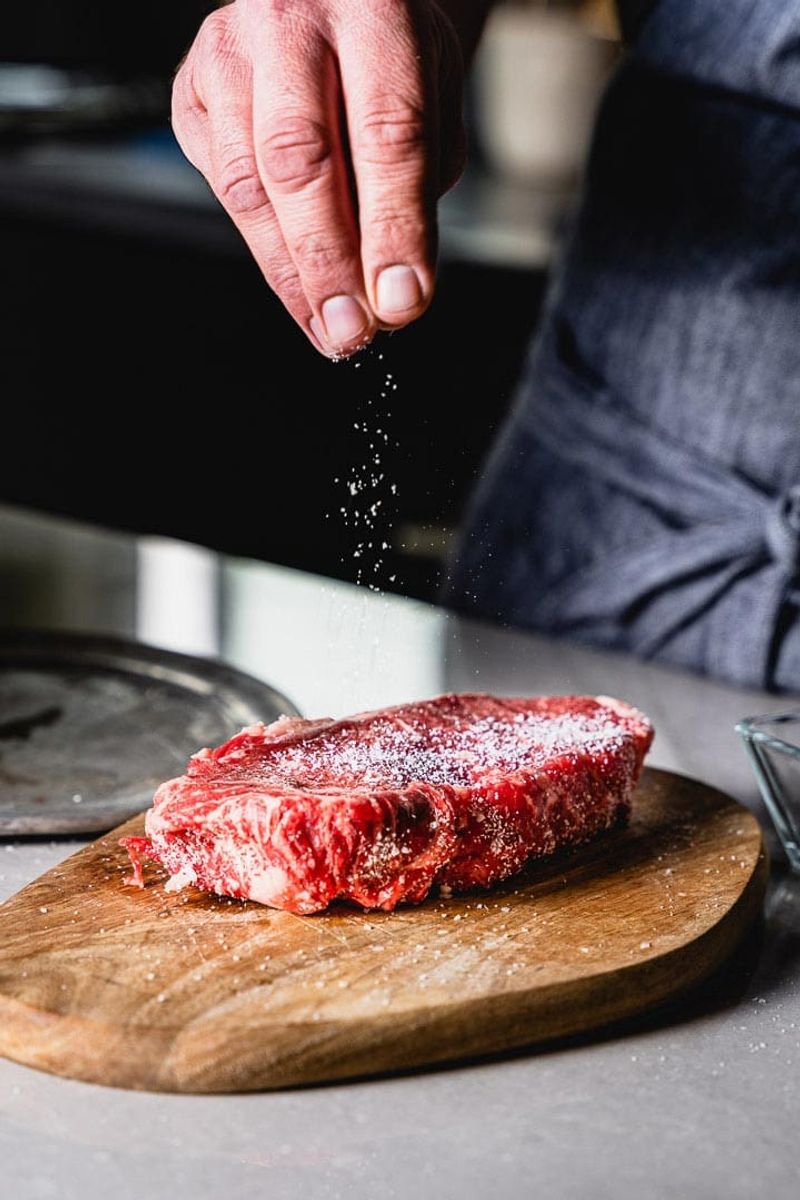
Salt transforms meat, but timing is everything. Restaurant chefs season aggressively—more than you’d think is reasonable—and they do it at the perfect moment. Salt too early (more than 40 minutes before cooking), and you’ll extract moisture; too late, and it won’t penetrate.
Most home cooks under-season, using a timid sprinkle when burgers need a confident coating. Kosher salt works best, creating a savory crust that enhances rather than masks the beef’s natural flavor.
Try this pro move: Season one side of your patty, then place it seasoned-side down on the hot surface. Season the second side just before flipping. This maximizes flavor development while minimizing moisture loss.
5. Bun Selection Brilliance: The Often Overlooked Foundation
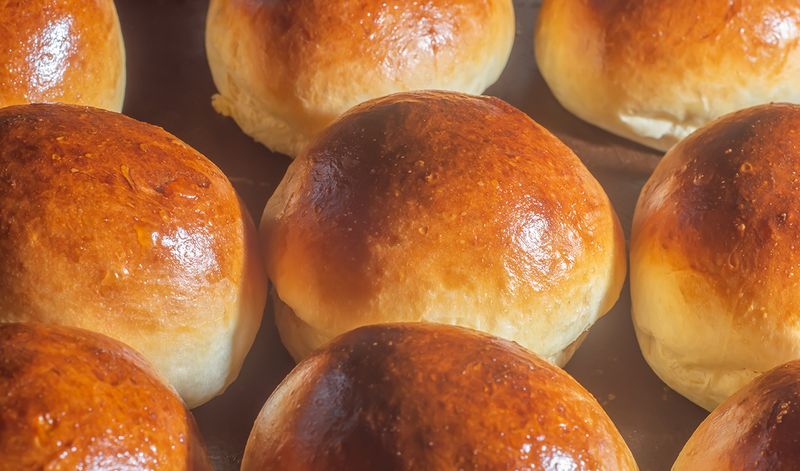
Ever noticed how restaurant burger buns stay intact despite the juices, yet remain pillowy soft? That’s no accident. While you’re grabbing whatever’s on sale, restaurants are selecting specialty buns with the perfect density, sweetness, and structure to complement their burgers.
The magic doesn’t stop at selection—most restaurants butter and toast their buns on the same surface where the meat cooks. This adds flavor while creating a moisture barrier that prevents soggy buns, the death knell of any good burger.
Seek out brioche, potato, or milk buns from local bakeries rather than mass-produced supermarket options. The improved structure and flavor will elevate your homemade burger instantly.
6. Sauce Secrets: Creating That Signature Flavor Profile
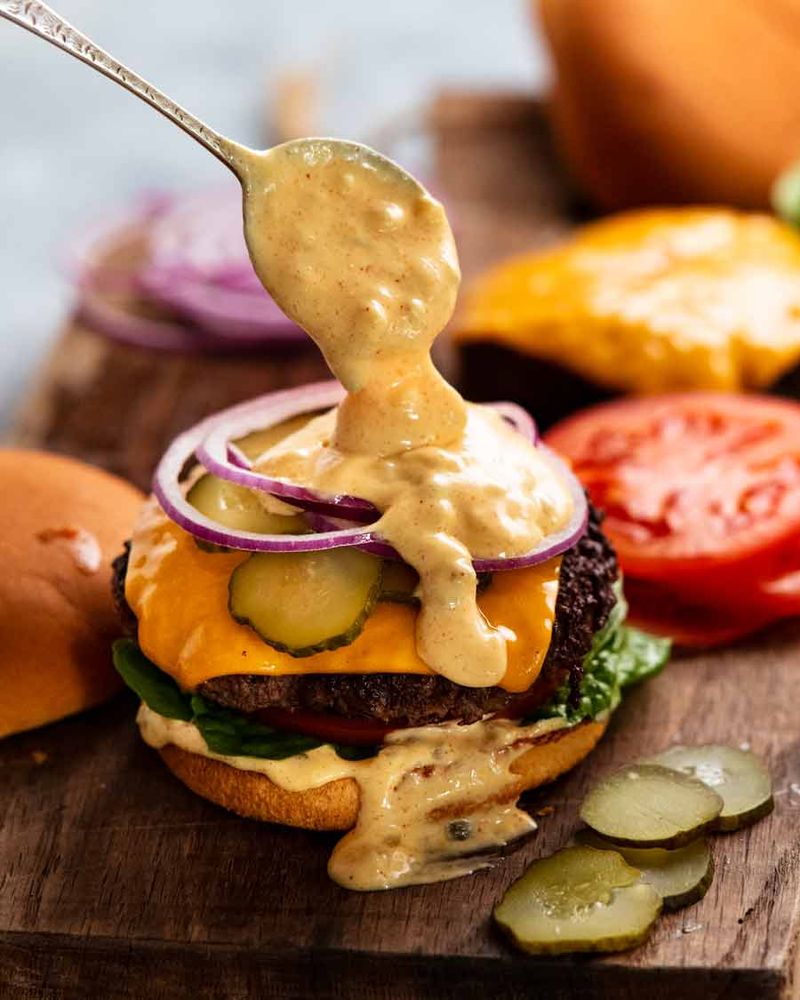
Ketchup and mustard from the fridge door won’t cut it. Restaurants develop signature sauces that balance fat, acid, sweetness, and umami—often with proprietary recipes guarded like state secrets. These complex flavor bombs tie everything together in ways basic condiments can’t match.
Many burger joints use aioli bases (mayo with garlic) enhanced with unexpected ingredients like miso, fish sauce, or fermented chilies. These umami boosters create depth that keeps you coming back.
Make your own special sauce by combining mayo, ketchup, pickle relish, and a dash of Worcestershire sauce. Then add your secret weapon—smoked paprika, grated garlic, or even a splash of bourbon—to create something uniquely yours.
7. Assembly Artistry: Building the Perfect Burger Stack
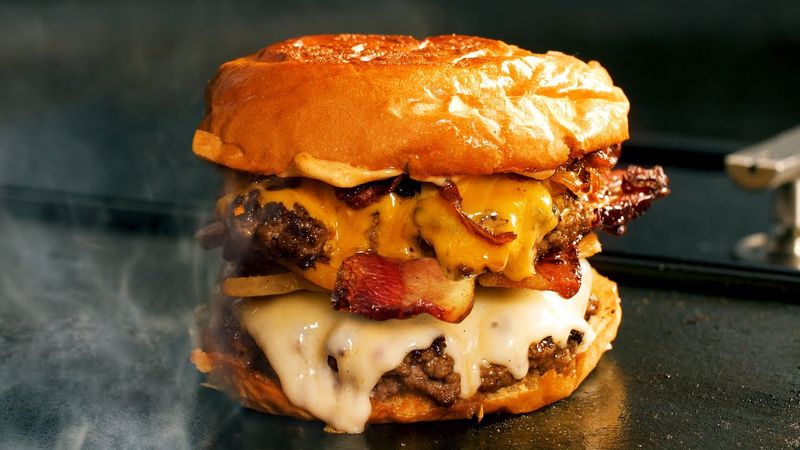
The final secret lies in construction. Restaurants don’t randomly pile ingredients—they strategically layer for structural integrity and flavor distribution. Notice how the cheese always perfectly drapes the patty? That’s because it’s applied at exactly the right moment to achieve optimal melt.
Temperature gradients matter too. Warm meat, melted cheese, and cool toppings create contrast that makes each bite interesting. Most restaurants also let burgers rest briefly after cooking, allowing juices to redistribute before serving.
Try this pro technique: Place moisture-heavy toppings like tomatoes between layers of lettuce rather than directly on the bun. This creates a moisture barrier that keeps everything intact until the last bite.
Leave a comment